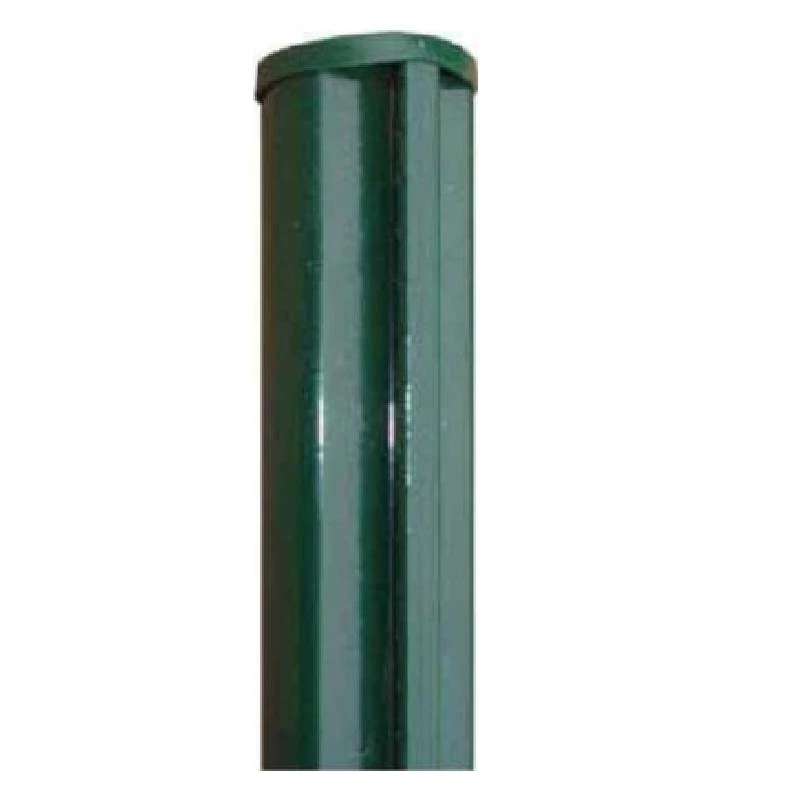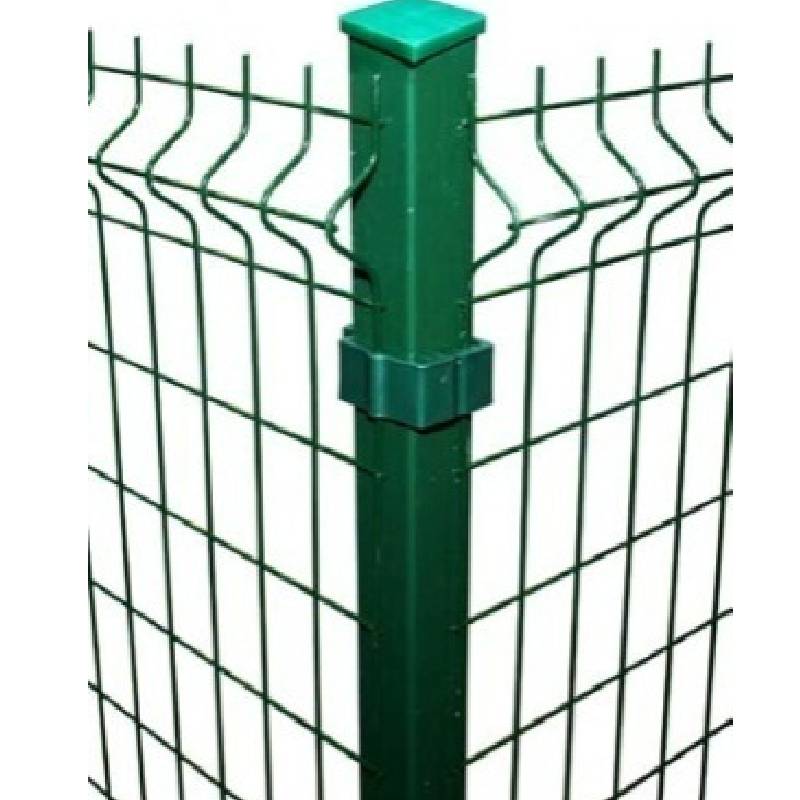-
E-post:zhao@hyliec.cn
-
Tel:+86 311 85273988
-
WhatsAPP:8613931128750
-
 Afrikaanske
Afrikaanske -
 Albaneesk
Albaneesk -
 Amhaarsk
Amhaarsk -
 Arabysk
Arabysk -
 Armeensk
Armeensk -
 Azerbeidzjaansk
Azerbeidzjaansk -
 Baskysk
Baskysk -
 Wytrussysk
Wytrussysk -
 Bengaalsk
Bengaalsk -
 Bosnysk
Bosnysk -
 Bulgaarsk
Bulgaarsk -
 Katalaansk
Katalaansk -
 Cebuano
Cebuano -
 Korsikaansk
Korsikaansk -
 Kroatysk
Kroatysk -
 Tsjechysk
Tsjechysk -
 Deensk
Deensk -
 Nederlânsk
Nederlânsk -
 Ingelsk
Ingelsk -
 Esperanto
Esperanto -
 Estysk
Estysk -
 Finsk
Finsk -
 Frânsk
Frânsk -
 Frysk
Frysk -
 Galyskysk
Galyskysk -
 Georgysk
Georgysk -
 Dútsk
Dútsk -
 Gryksk
Gryksk -
 Gujaratysk
Gujaratysk -
 Haïtiaansk Kreaolsk
Haïtiaansk Kreaolsk -
 Hausa
Hausa -
 Hawaïaansk
Hawaïaansk -
 Hebrieuwsk
Hebrieuwsk -
 Nee
Nee -
 Miao
Miao -
 Hongaarsk
Hongaarsk -
 Yslânsk
Yslânsk -
 igbo
igbo -
 Yndonesysk
Yndonesysk -
 Iersk
Iersk -
 Italiaansk
Italiaansk -
 Japansk
Japansk -
 Javaansk
Javaansk -
 Kannada
Kannada -
 Kazachsk
Kazachsk -
 Khmer
Khmer -
 Rwandan
Rwandan -
 Koreaansk
Koreaansk -
 Koerdysk
Koerdysk -
 Kirgizysk
Kirgizysk -
 TB
TB -
 Latyn
Latyn -
 Letsk
Letsk -
 Litousk
Litousk -
 Lúksemboarchsk
Lúksemboarchsk -
 Masedoanysk
Masedoanysk -
 Malgashi
Malgashi -
 Maleisk
Maleisk -
 Malayalam
Malayalam -
 Malteesk
Malteesk -
 Maori
Maori -
 Maratysk
Maratysk -
 Mongoalsk
Mongoalsk -
 Birma
Birma -
 Nepaleesk
Nepaleesk -
 Noarsk
Noarsk -
 Noarsk
Noarsk -
 Oksitaansk
Oksitaansk -
 Pashtu
Pashtu -
 Perzysk
Perzysk -
 Poalsk
Poalsk -
 Portegeesk
Portegeesk -
 Pûndjaabsk
Pûndjaabsk -
 Roemeensk
Roemeensk -
 Russysk
Russysk -
 Samoan
Samoan -
 Skotsk Gaelic
Skotsk Gaelic -
 Servysk
Servysk -
 Ingelsk
Ingelsk -
 Shona
Shona -
 Sindysk
Sindysk -
 Sinhala
Sinhala -
 Slowaaksk
Slowaaksk -
 Sloveensk
Sloveensk -
 Somalysk
Somalysk -
 Spaansk
Spaansk -
 Sundanese
Sundanese -
 Swahily
Swahily -
 Sweedsk
Sweedsk -
 Tagaloch
Tagaloch -
 Tajik
Tajik -
 Tamyl
Tamyl -
 Tatar
Tatar -
 Telugu
Telugu -
 Taisk
Taisk -
 Turksk
Turksk -
 Turkmeensk
Turkmeensk -
 Oekraynsk
Oekraynsk -
 Urdu
Urdu -
 Uighur
Uighur -
 Uzbek
Uzbek -
 Fietnameesk
Fietnameesk -
 Welsh
Welsh -
 Help
Help -
 Jiddysk
Jiddysk -
 Yoruba
Yoruba -
 Zulu
Zulu
Fencing Post
What Type Of Fence Post Is Best?
The best type of fence post depends on various factors such as the type of fence, local climate, soil conditions, and personal preferences. Common options for fence posts include:
1. Round steel posts: Round steel posts are a traditional and versatile choice, suitable for various fence types. They can be treated to resist rot and decay, but may require maintenance over time.
2. Square steel posts and rabbet posts offer durability and strength, making them suitable for supporting heavy or high-security fences. They are resistant to rot and insect damage.
3. Steel round posts/ square posts/ rabbet with base plate: They are suitable to install on the concrete ground, and fixed by concrete nails.
What Size Is A Fence Post?
Fence posts come in various sizes, typically having Φ32 Φ34 Φ38 Φ48 Φ60 Φ80 for round steel posts and 40x40 60x60 40x60 60x60 80x80 100x100 etc for square tube posts in dimension. The specific size of a fence post depends on the type of fence being installed, the height and weight of the fence panels, and the local building codes or regulations. It's important to select the appropriate size of fence post to ensure stability and structural integrity for the specific fencing project. Consulting with a professional or referring to local building codes can provide guidance on the recommended size of fence posts for a particular application.
Fence Post FAQ:
What type of fence post is best?
The best type of fence post depends on various factors such as the type of fence, local climate, soil conditions, and personal preferences. Common options for fence posts include round steel posts, square steel posts and rabbet steel posts, posts with base plate or without base plate. Each type has its own advantages and considerations, so it's important to choose the most suitable option based on the specific requirements of the fence project.
What size is a fence post?
Fence posts come in various sizes, typically typically having Φ32 Φ34 Φ38 Φ48 Φ60 Φ80 for round steel posts and 40x40 60x60 40x60 60x60 80x80 100x100 etc for square tube posts in dimension. The specific size of a fence post depends on the type of fence being installed, the height and weight of the fence panels, and local building codes or regulations. It's important to select the appropriate size of fence post to ensure stability and structural integrity for the specific fencing project.
How to install a panel fence?
Paneling a fence involves several steps, including measuring and planning, installing the posts, attaching the panels, adding finishing touches, and performing regular maintenance. It's important to follow the manufacturer's instructions and local building codes when paneling a fence to ensure proper installation and compliance with regulations. If in doubt, it's advisable to consult with a professional or seek guidance from experienced individuals.






